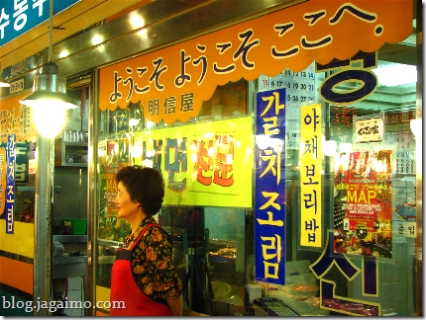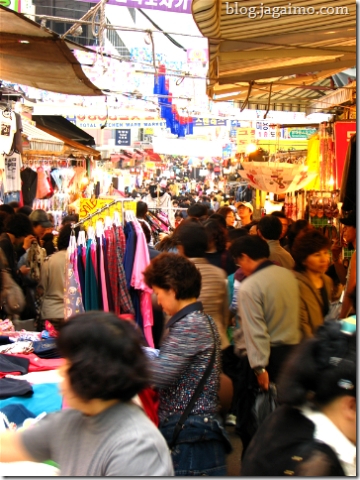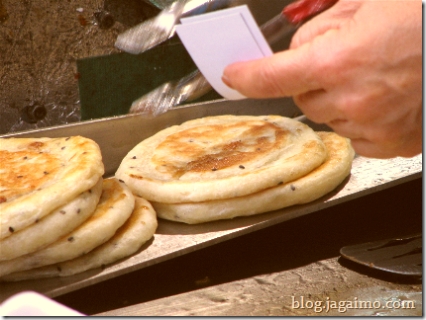Sunday I visited Hanhyanglim gallery in the Heyri art village just northwest of Seoul. Riding in the car of the gallery owner, we saw a very intimidating-looking spirals of barbed wire fence along the river, across which lies North Korea.
The gallery owner, Jay, is a pottery collector who has made some money in the semiconductor industry, and continues to make that his day job while his wife Hyanglim, a ceramist, runs the day-to-day operations of their gallery and gift shop. I learned about the place thanks to an introduction from a member of a clay art email discussion group, and the owner was kind enough to take pick me up from a nearby train station.
Though I was mainly here for Korean pottery, the museum also featured the work of 90-year-old Sylvia Hyman, new to me but renowned for her visual deceptions.
Through Time and Space
This comes from a spiritual Arabic text, which actually apparently is something about time and space. My Arabic is a little rusty, though, so I just enjoyed the nifty curls.
Narragansett Bay
This piece has convincing leather straps, canvas, wood, paper, and rope, all crafted from clay.
Currogated clay
Currogated cardboard rendered with clay is even more surprising...
More to come... With actual Korean pottery too...






























